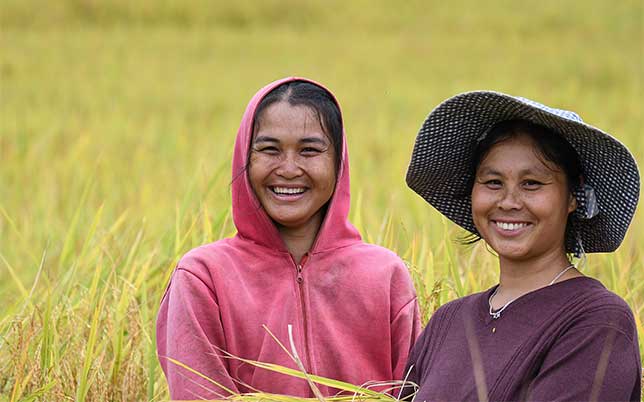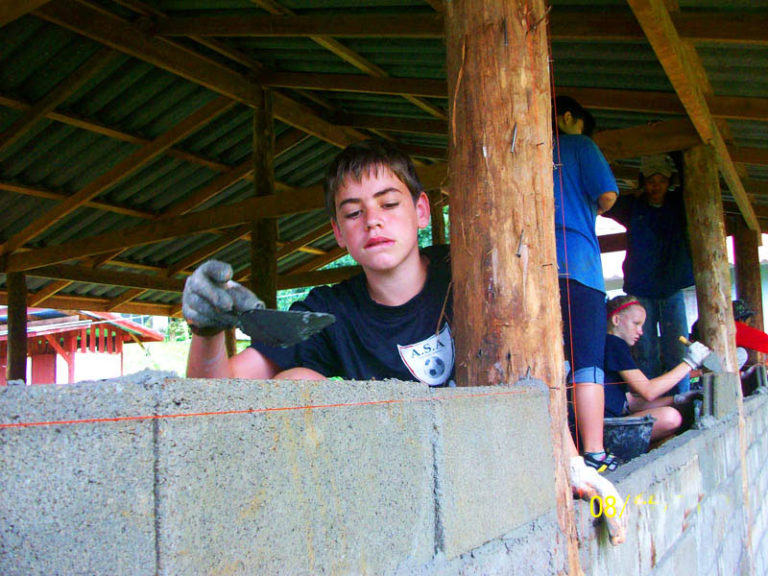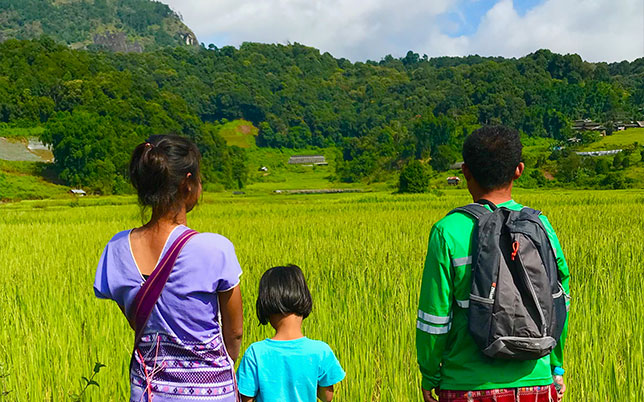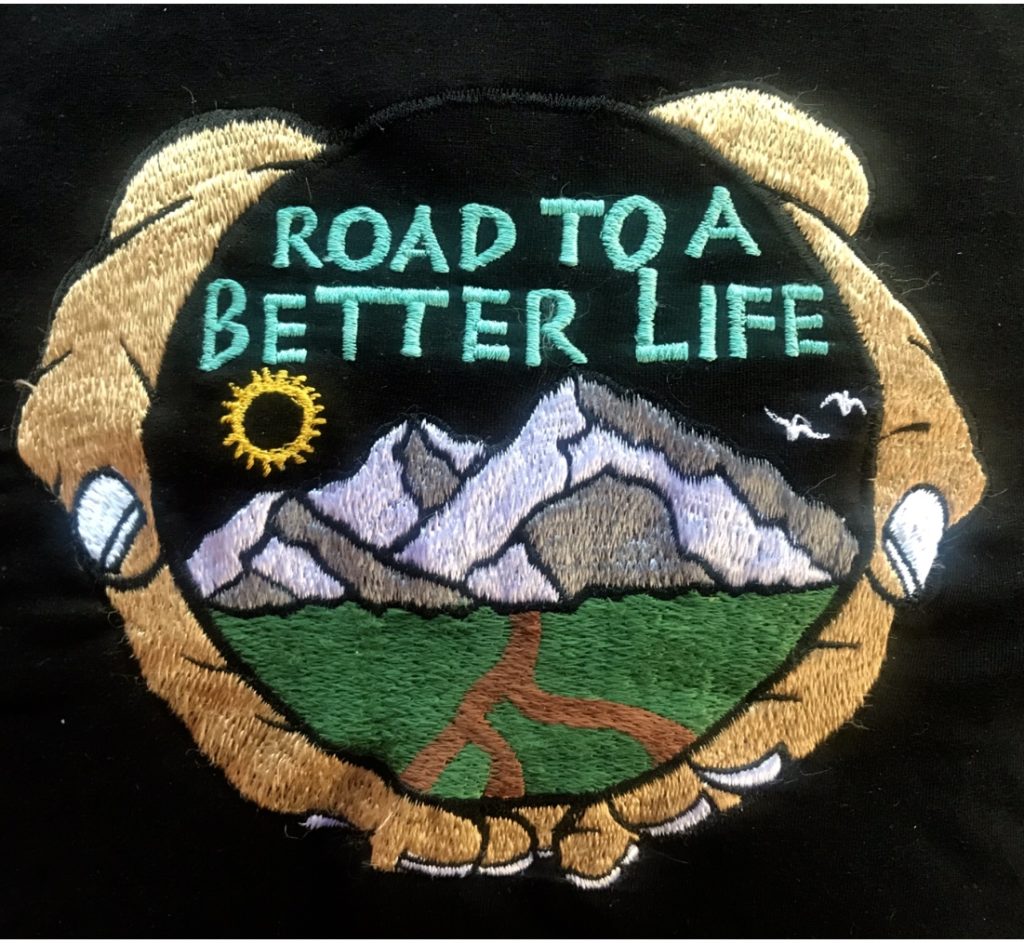Into The Wild, Inc. & the sister service company, Road To A Better Life, Inc. are both US non-profit 501c corporations founded by Kim White. The goal of Into The Wild is nature and culture conservation through an exciting hands-on educational and community service experience. Into The Wild has been leading student expeditions to Thailand, Nepal, Sri Lanka, Cambodia, Vietnam, India, Egypt, Turkey and Kenya for over 30 years. The focus has always been in ethnic communities with most in the hill tribe areas of northern Thailand.
Kim was raised in India and taught in international schools for over 35 years. He started and ran many international schools’ “Week Without Walls” programs over the last 25 years, and has extensive student and adult group expedition experience in many Asian countries.

Into The Wild & Road To A Better Life evolved as a result of Kim’s family experience years ago in the mountains of India.
For centuries the hill tribe people in northern Thailand settled in the mountainous regions of the country. They mainly came from Burma and China, and have lived and eked out a simple living in these remote areas, ever since.
Doi Inthanon, the highest mountain in Thailand not far from Chiang Mai was settled
primarily by the Pga-gan Yaw, one of the four main subgroups of the Karen people. All four of these groups have very different languages and cultures, though there is some overlap.
The hill tribe people in Thailand, and specifically the Karen in this case, have always had challenges to make a living and support their families. Over the past 2 1/2 years with the Covid pandemic, these challenges have become extreme.
Initially the non-profit “Into The Wild” and “Road To A Better Life,” got involved with service work in the hills of Thailand, to assist in fund-raising and the purchasing of mobility aids for people who needed help to just get around.
The catalyst for this started decades ago when Kim’s family first arrived in India and his mother contracted polio. She was completely paralyzed initially, then moved to a wheelchair for a year, and braces for 3 years. She walked with a cane for most of the rest of her life. In addition, the exposure to all the hardships and suffering of millions of people in India had a profound impact on the direction life would eventually take for the family.
Over the years in various Asian countries, students and teachers have built, schools, libraries, bathrooms, community centers, teachers’ housing, playgrounds; kitchens, provided teaching and sports equipment etc…, and hired qualified teachers to live and work in remote villages. But the most important aspect of Service Learning will always be the community/student interaction where students learn that the bond they share is their humanity.


Environmental and cultural education must produce as its final outcome an ethic in individuals that recognizes the importance of our natural and cultural heritage as well as those of the host country and the necessity to take an active role in their preservation This type of education should create a common bond and cooperative effort between people of different nationalities and ethnic backgrounds. In order to better understand a particular country or culture a large part of any education program should not only be stimulating but offer an exciting environmental and cultural encounter. This requires experiencing our surroundings with our senses, rather than having these muted by amenities that are not a normal part of that environment.

